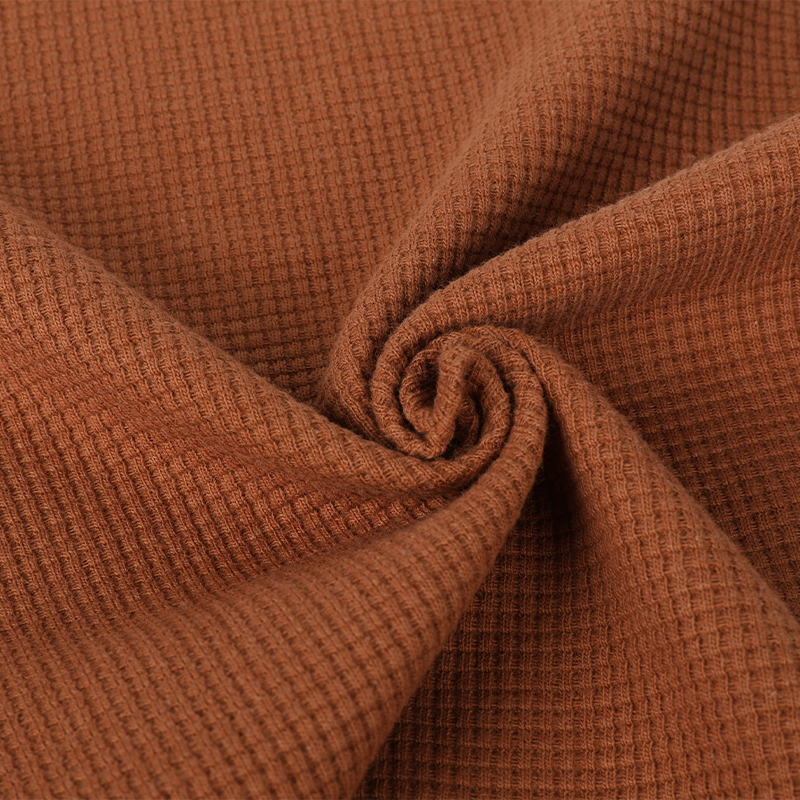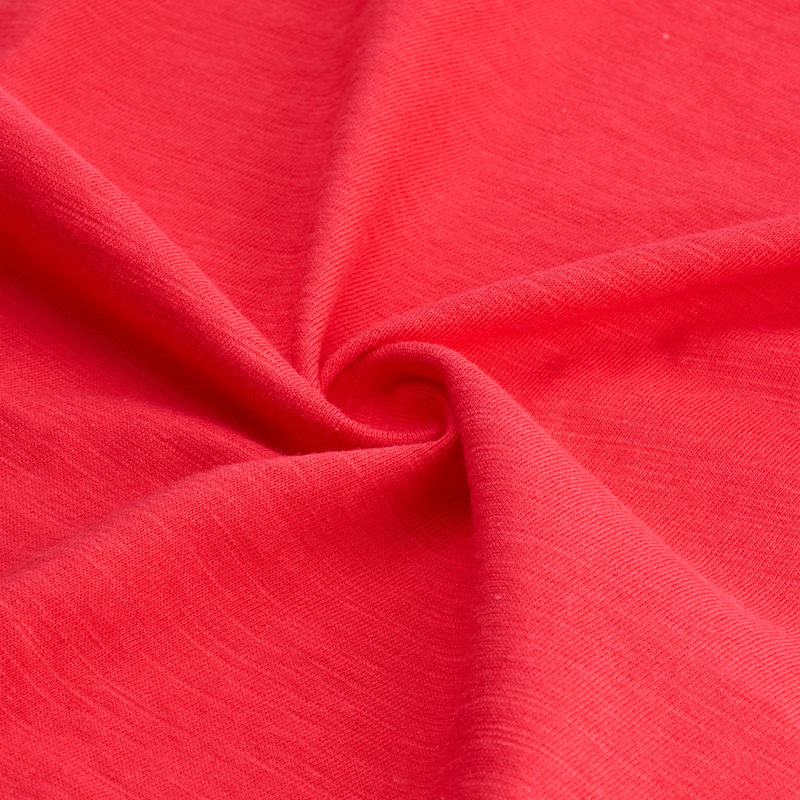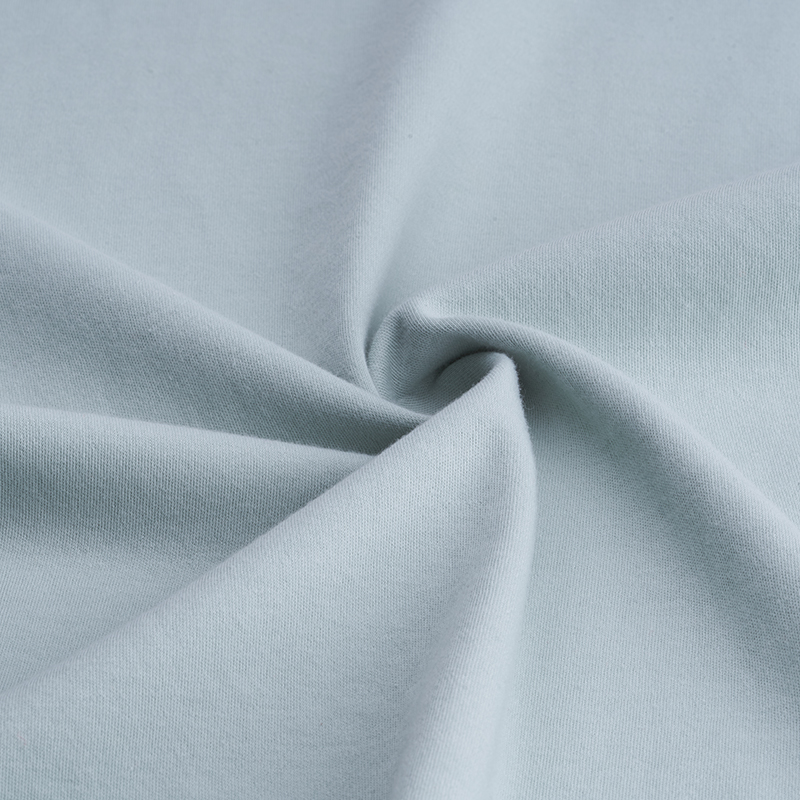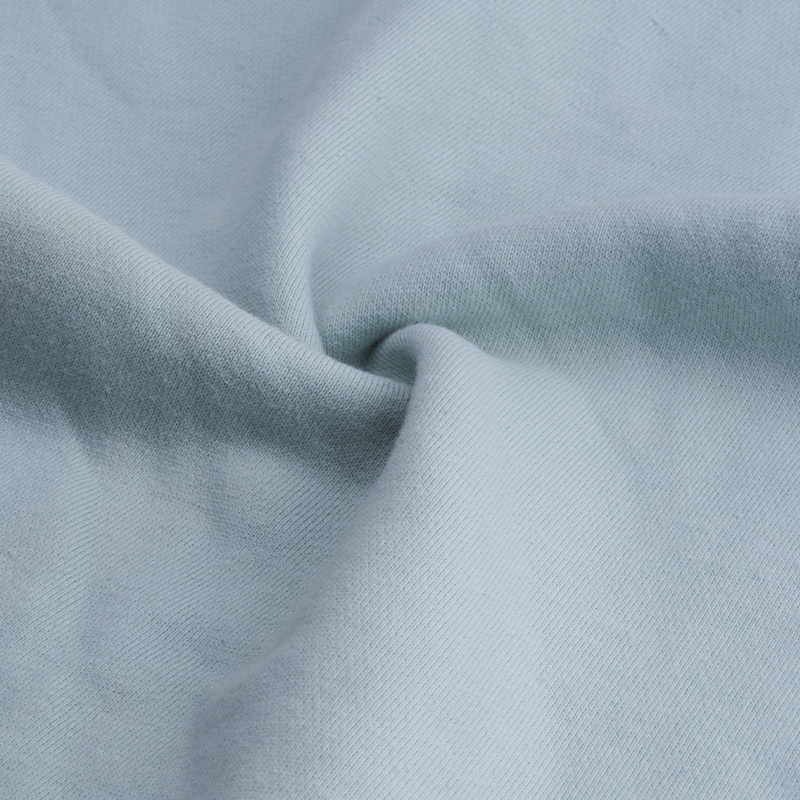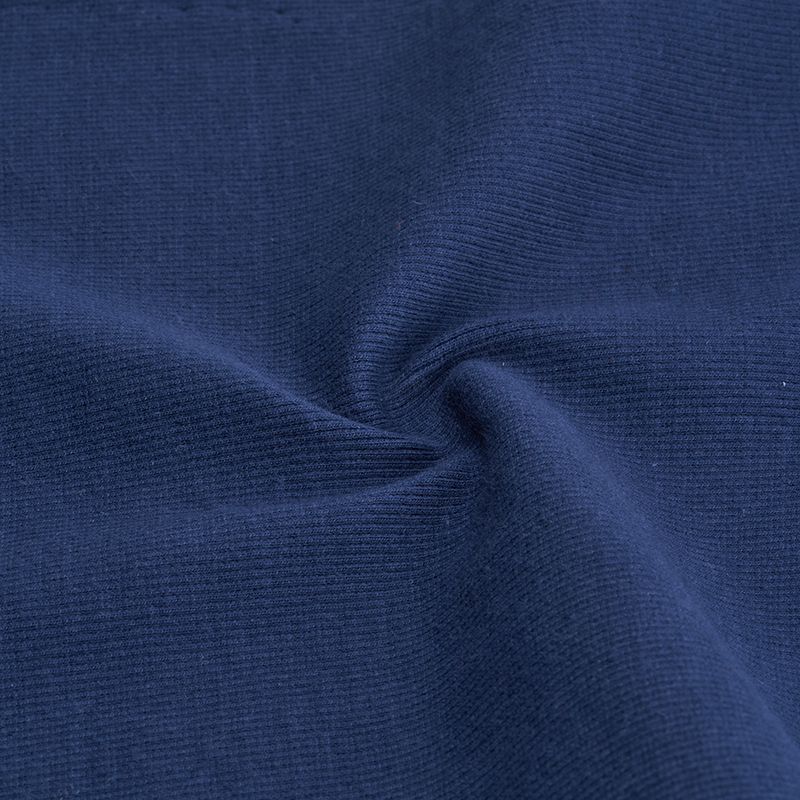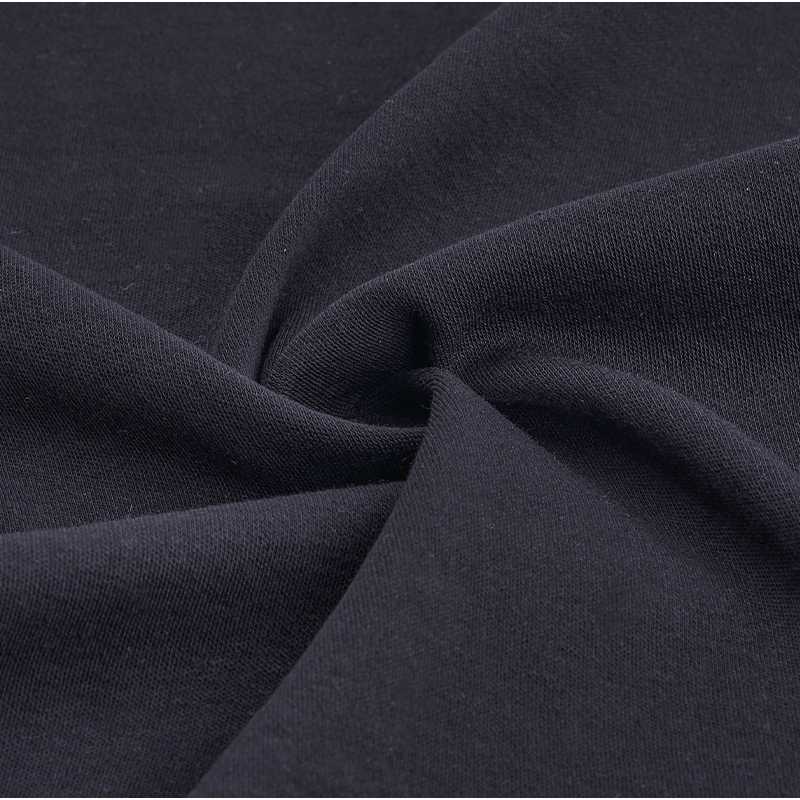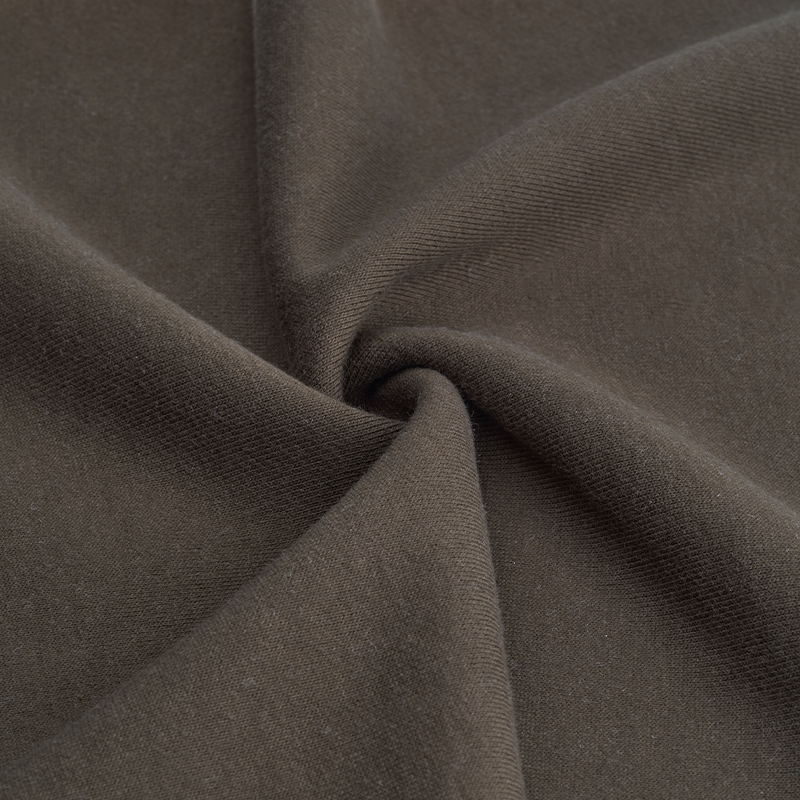Hacci fabric, a high-quality knit known for its soft handle, subtle texture, and excellent drape, has become a staple in contemporary fashion for its versatility and comfort. As designers and hobbyists seek fresh ways to innovate, combining Hacci fabric with diverse materials offers a pathway to crafting garments that stand out through thoughtful texture contrasts and functional aesthetics. This approach not only enhances visual appeal but also maximizes wearability, making it a smart strategy for elevating everyday pieces.
First, consider blending Hacci fabric with lightweight, flowing textiles like silk or chiffon. The inherent stretch and gentle structure of Hacci provide a stable base that complements airier fabrics, creating a harmonious silhouette. For instance, a Hacci knit top paired with silk trousers introduces a sophisticated juxtaposition—the knit's cozy feel offsets the silk's sheen, resulting in an elegant, layered effect ideal for casual-to-formal transitions. This combination emphasizes movement and lightness, allowing for outfits that adapt seamlessly to various occasions while maintaining comfort. Professionals recommend focusing on color harmony to avoid visual clutter; for example, matching neutral tones ensures the textures take center stage without overwhelming the design.
Next, pairing Hacci fabric with heavier, structured materials such as denim or wool adds depth and durability to garments. The fabric's resilience and elasticity serve as a counterbalance to rigid textiles, preventing stiffness and enhancing functionality. A practical example involves using Hacci as a lining or panel in a denim jacket, where its stretch improves mobility while the denim provides rugged support. This union not only creates visual interest through textural contrast but also caters to practical needs, like extended wear in cooler climates. To achieve optimal results, prioritize proportion—limiting Hacci to accent pieces (e.g., sleeves or hems) preserves the integrity of the heavier fabric and avoids bulkiness. Such pairings are particularly effective for outerwear, transforming basic items into statement pieces that blend style with utility.
Additionally, experimenting with Hacci alongside complementary knits, such as jersey or ribbed fabrics, fosters cohesion while amplifying uniqueness. Since all knits share inherent elasticity, combining them can unify an ensemble without sacrificing individuality. For example, a Hacci sweater worn over a ribbed turtleneck builds dimension through varying stitch patterns, yielding a modern, multi-textured look that feels intentional and polished. This strategy works well for layering in transitional seasons and encourages creativity through small-scale adjustments, like adding Hacci trim to edges for a subtle yet impactful finish. Designers stress the importance of testing drapes and weights in swatches beforehand to preempt issues like pilling or misalignment, ensuring a professional outcome that highlights the fabric's adaptable nature.

 English
English
